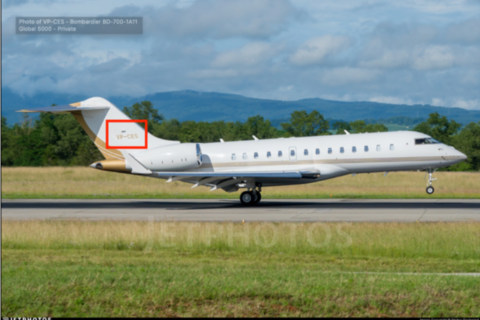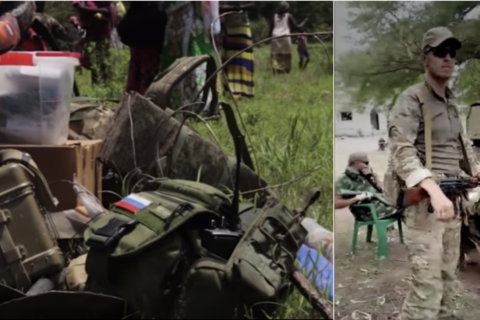Guide to a Post-Conflict Mali
As Mali recovers from its 2012 institutional and security crisis and stability is restored, the country faces a new set of challenges compounding upon those existing before the crisis. This guide aims to improve the understanding of the complex factors that led to the multiform crisis and to facilitate the efforts by international organizations, humanitarian and development workers, and the business community to reengage a post-conflict Mali.
Executive Summary #
In 2012, Mali suffered its worst institutional and security crisis as an independent state. Precipitated by a renewed rebellion led by separatist Tuaregs in the north and a coup d’état in the south, the Malian administration and military were forced to retreat from all of northern Mali. Northern Mali is an area the size of France and is home to a unique combination of ethnic groups, cultures, and languages. It suffers from banditry and organized crime and is heavily dependent on foreign aid. The Tuareg separatist movement, the National Movement for the Liberation of Azawad (MNLA), allied with al-Qaeda linked militants in 2012 to take over the three major regions in the north: Timbuktu, Gao, and Kidal. Shortly after the seizure of these regions, the Islamists sidelined the MNLA and imposed varying degrees of theocratic governance, including Sharia law, on local populations. Following the Islamists’ progression further south, the French government decided to intervene in January 2013 with 4,000 combat troops who, along with Malian troops and a coalition of African forces, reconquered the north and dispelled the terrorists from major cities.
As Mali recovers from the conflict and stability is restored, the country faces a new set of challenges compounding upon those existing before the crisis. This guide aims to improve the understanding of the complex factors that led to the multiform crisis and to facilitate the efforts by international organizations, humanitarian and development workers, and the business community to reengage a post-conflict Mali.
The first section addresses issues that enabled and contributed to the current political and security crises. These include a weak economy; dependency on natural resource extraction; pervasive illicit activity in the north; international aid as conflict driver; and the political transition and presidential election. The second section identifies important stakeholders in the southern parts of the country and analyzes their respective roles. The following section addresses key stakeholders in the north. The fourth section contains figures that map and analyze conflict events in Mali between January 2012 and July 2013. The fifth section discusses new aid priorities that have emerged as a result of the crisis. The final section contains maps illustrating environmental conditions and humanitarian logistics capabilities in the eight regions of Mali.





